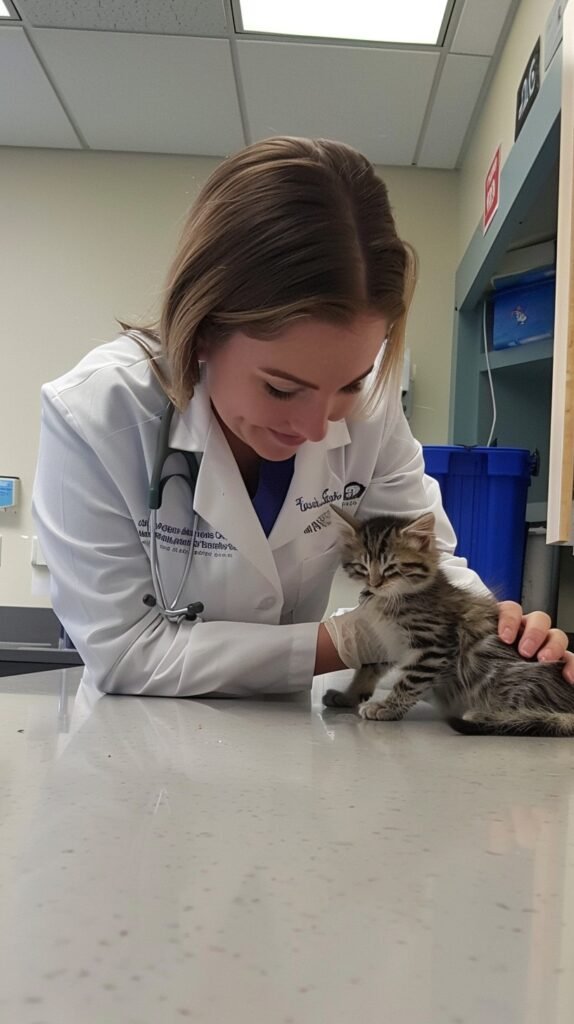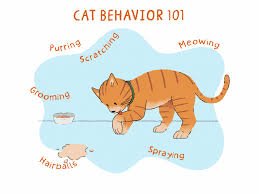Understanding Pet Behavior: Common Issues and Solutions
Dogs and cats are great friends of men, and they lighten up our moments of stress, frustrations, and otherwise empty lives, but at times they become hard to understand. It is always important and useful to know the behaviors of pets in order to foster a good relationship between you and the pet.
Understanding Pet Behavior
Understanding Pet Behavior. In what follows, we will discuss some of the most frequent problems that pet owners encounter, as well as the ways to satisfy their solution.

Excessive Barking in Dogs
Understanding Pet Behavior. Unwanted procedures include barking, which is one of the most frequent behavioral problems in dogs. This can be due to such reasons as lack of something to do, anxiety, or to draw your attention to something wrong.
Solutions:
Identify the trigger: It would also be very helpful if you took note of what makes the barking occur. Is it strangers passing by? Other dogs? When you identify the root of the problem, then that can be fixed instantly.
Increase Exercise: This kind of barking is caused by a lack of stimulation, and to ensure this does not happen, the dog has to be exercised regularly. Play, going out for a walk, as well as various toys and games, can help.
Training: Voice commands you can use to train your pet include ‘quiet’. Give them a treat once they hold a stationary position after you told them to’ stop barking’.
Litter Box Issues in Cats
Understanding Pet Behavior. The use of the litter box is usually well understood by cats, but there are always some problems. If you find that your cat is no longer using her litter box to pee, your “meow” can range from a simple annoyance to a worried one.
Solutions:
Check the Litter Box: Make sure it is clean and keep it in an area that will not overlook noise while it is easily visible to users. Cats are very selective about their activities in the bathroom.
Health Check: At times, medical problems, for instance, a urinary tract problem, may lead to an alteration in the litter box habits. If it remains a problem, the animal should be taken for a vet check.
Multiple Boxes: Though you may have many cats, ensure there are many litter boxes—at least one more than the number of cats you have.
Destructive Chewing in Dogs
Understanding Pet Behavior. For purposes of this article, we will explore some of the common problems known to dog owners, such as destructive chewing mainly associated with puppies. This behavior can be attributed to boredom, anxiety, or teething of the young ones.
Solutions:
Provide chew toys: Seek out hard-wearing chews that are ideal for use by dogs. These can guide them away from chewing on furniture.
Exercise and Mental Stimulation: Make sure that your dog gets the necessary amount of exercise both bodily and for the brain. Involve them in computer and paper and pencil activities, simulation games, and other forms of training.
Crate Training: If you have to leave your dog alone, crate training is a good way to stop your pet from messing up the house.
Fear and Anxiety in Pets
Understanding Pet Behavior. Being scared and anxious are some of the problems in the behaviors exhibited by most of the pets. This can take the form of the animal either hiding away, excessive barking, or even becoming aggressive.
Solutions:
Create a Safe Space: It is also important to choose a specific part of the house where your pet will spend most of their time if they are stressed. This zone should be comfortable and safe and contain toys that the child liked.
Desensitization: They include: A better way to deal with the problem is to take your pet to the place causing the fear in stages. They should be able to become at ease using it after some time to achieve their intended purpose.
Consult a Professional: For extreme conditions, you may consult with a veterinarian or a certified animal behaviorist for advice and training methods.
Scratching furniture in cats
Understanding Pet Behavior. When it comes to cats, scratching is a performed instinct, being the way felines take care of their nails and lay down their scent. However, when they decide to lay on or use your furniture as a scratching post, it becomes a problem.
Solutions:
Provide Scratching Posts: Provide a range of scratching posts of different materials, such as cardboard, carpet, and sisal, to determine which your cat likes.
Use Deterrents: For a long time, place the furniture with sprays or covers to prevent the antics until your cat understands the rights of privilege on the scratching posts.
Positive Reinforcement: Call out a command to correct your cat’s behavior if you catch it scratching on the furniture; then, the next time the cat plays with the scratching post appropriately, give it treats or praise.
Aggressive Behavior in Pets
Understanding Pet Behavior. One of the worst possible behaviors that a pet could display is aggression. It may be caused by a phobia, aggression, or anger, or from simply marking territory.
Solutions:
Identify the Cause: It is very important to know what makes an aggressor angry. What is this other than pets, people other than friends and family, or specific sounds?
Avoid Punishment: For instance, if one takes time to scold an aggressive pet, then what emerges from the process is even more dreadful. However, what should be done is to channel their energy in the right manner and address the core issue.
Professional Help: If aggression continues, it is advisable to seek professional help from a vet or a professional animal behavior specialist to be advised on how to handle and train a dog denying this aggression.

Conclusion
Overall, it is very important to understand the behavior of the pets when trying to establish a good relationship with them. By understanding some of the complications, such as barking too much, changing the litter box, chewing on items, being afraid, scratching the furniture, and being aggressive, then you help your dog through it. About each pet, it is unique so that the required dexterity and regularity in training the animal for correcting the behavior is impressive.
Understanding Pet Behavior. Remember as you try to solve these issues that help is always around the corner. If it concerns your dog, do not think twice about consulting with a veterinarian, animal behaviorist, or trainer. If the pet is a happy, well-adjusted member of the family, then the effort put in is worth it in terms of the happiness that is gained from it.
When implementing these solutions, not only will you modify your pet’s behavior, but your connection with them as well. It is very important to learn about your pet and the way he acts, but with patience and love, you and your pet will go a long way.




Pingback: How to tame a wild bird - Tame World